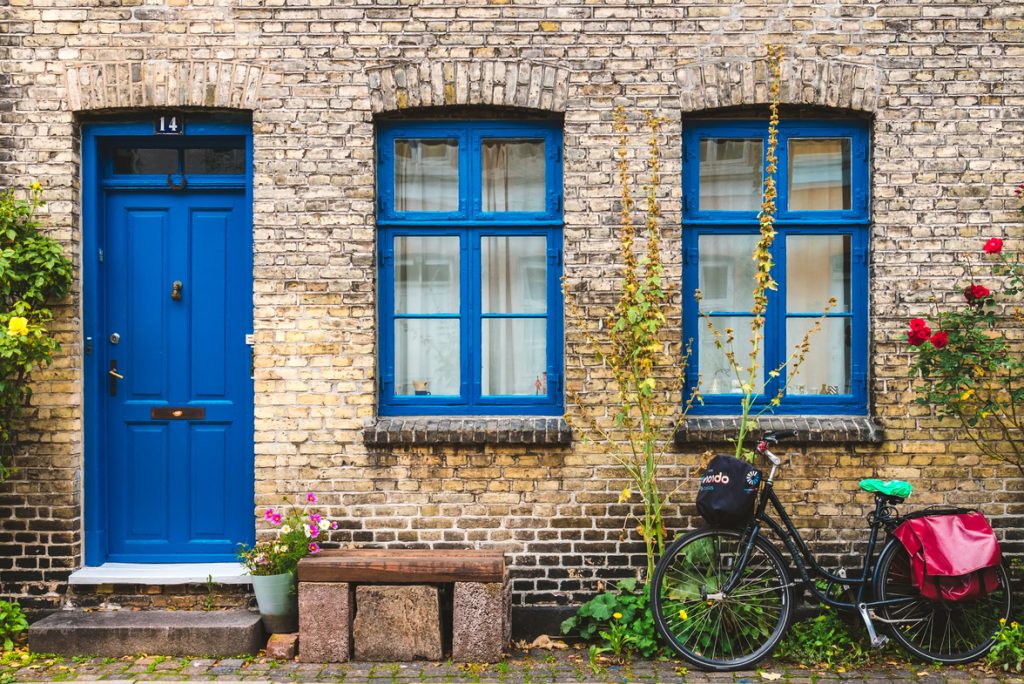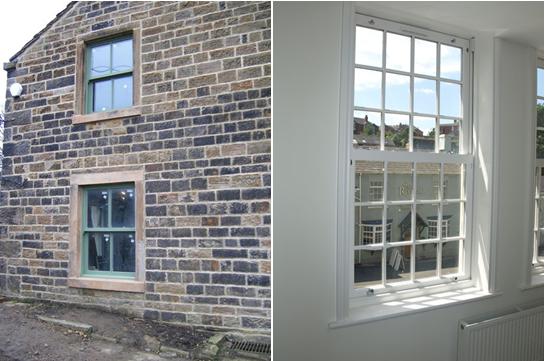From summer highs of 28°, average UK temperatures can plunge to an icy 3° during the winter months. Added to the short days, dull skies and wetter weather (and with current events creating a more challenging winter than most), the least we can do for ourselves is to make our homes brighter, warmer and more welcoming than ever. In essence, to make them winter-proof.


Are Your Windows Winter-Proof?
For countless households across the UK, keeping rooms toasty through the winter can be a constant (and costly) battle. But while floors, walls and attics can be well-insulated against winter heat loss, some of the biggest culprits behind icy homes are actually their windows.
Windows can cause massive amounts of heat loss when they aren’t sufficiently insulated. As we noted in a previous article, around a fifth of a home’s heat loss can occur through its windows alone – and the effect is twice as fast through single glazing.
You’ll often feel this effect for yourself just by standing close to cold windows in the winter. The glass feels freezing, and your central-heating pennies are being sapped away by the cold air outside. There may even be tiny cracks along with the joint sealant, or gaps in the window unit itself, leaking warm air out and letting cold winds in. It all adds up when we’re spending more time at home than ever, and just trying to feel warm through the winter!
But there are also plenty of steps you can take to minimise this heat loss through your windows. Let’s take a look at these below.
How To Winter-Proof Your Windows
Sub-standard windows drain the warmth from homes through a combination of heat transmission and radiation across the glazing’s surface; air leakage through poor insulation; and heat convection through even the tiniest gaps in joints and casements. However, there are also quick, easy ways to combat each of these effects.
Hang Heavy Thermal Curtains
Thermal curtains retain warmth in the room and form an insulated barrier against cold windows in the winter. Cold air gets trapped between the inside of the window and these curtains’ thick insulated coating (often acrylic foam), creating a pocket of warmer air to winter-proof your windows against the chilly outdoors.


Apply Foam Tape To Window Casements
Window casements (the parts of a window that hinge open), can be a great place to add a little extra winter-proof insulation. A roll or two of thick foam tape, adhered to the inside edges of window casements, can provide an additional layer to winter-proof your windows against cold draughts – and they could even help to dampen traffic noise too!
Reseal Your Window Units
Even a quick whip-around with fresh caulk can be a really effective way to touch up any thin cracks or gaps around the edge of your window joints, helping to block out icy draughts that can leak into homes non-stop over the winter.
While proper airflow is important for air hygiene in the home, you may have some windows that simply don’t get opened during the winter – and these could even benefit from a bit of caulk around their casement edges, to temporarily seal them shut. Come the warmer months; this caulk can be easily peeled away.
Apply Temporary Window Film
A window insulation film is a sheet of thin transparent plastic, similar to cling film, which is applied to windowpanes and heat-shrunk using a hairdryer to create a close fit. This can be a highly effective method to help winter-proof windows against the effect of heat radiation since it essentially goes halfway to providing an additional layer of temporary glazing.
Apply Bubble Wrap To Windowpanes
Yes, even humble bubble wrap can be an effective way to help insulate and winter-proof your windows! Using the larger grade of 5/16” bubble wrap, just cut it to size, spray your window with water and stick the bubble side of the wrap against the glass to cover the pane over. Water alone will form a good seal to hold the bubble wrap in place against your windows, while the wrap’s combined air pockets and backing plastic help to give the effect of an additional layer of glazing.
Upgrade To Bespoke Winter-Proof Windows
Of course, the ultimate way to winter-proof any window is to upgrade to double-glazed timber units, specially designed to retain heat inside your home. Double glazing works with the air itself (air being a poor conductor of heat), to trap an insulating blanket of air between its sealed panes. This blanket of air attenuates the chilling effect of cold air on the glass, which has a profound effect in keeping homes warm through the winter.
Natural timber, too, is an exceptional insulator of heat. Thanks to its cellular structure, the wood grain itself is made up of countless microscopic air pockets, which act in the same way as double glazing – and giving the window’s insulating properties an even more pronounced effect through the chilly winter months, saving you even more money on energy bills to keep your home toasty into spring.


Best of all, thanks to their custom timber construction, there’s no need to compromise on your windows’ appearance to benefit from winter-proof, energy-efficient double glazing.
At Darcy Joinery, we specialise in creating beautiful bespoke windows, doors and staircases to match any modern home or period property. For well over 30 years, we’ve built an enviable reputation as the joiners of choice for thousands of happy customers all over the M60 region – and you’re welcome to browse our gallery to see the beautifully finished effects!
So, if you’re in need of casement windows in Manchester this winter, just get in touch right here on our contact page. We’d love to winter-proof your home with the finest casement and sash windows Manchester has to offer!
